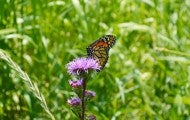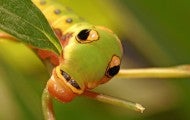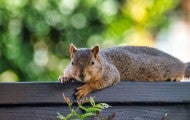Showing 7 of 27 results
Pop quiz: What’s the best way to help butterflies in your backyard? If you answered “Plant butterfly bush,” you’re in good company. A recent survey of my gardening friends elicited the same response from more than a few. It’s easy to understand why: Aside from its self-reinforcing moniker, the plant...
Sitting on her porch in the desert one afternoon while recovering from surgery, Christine Hass closed her eyes. The operation to fix her detached retina had been difficult, and she sought respite from the lingering pain. “Suddenly I could hear all the birds singing. It was March—the migrants were...






